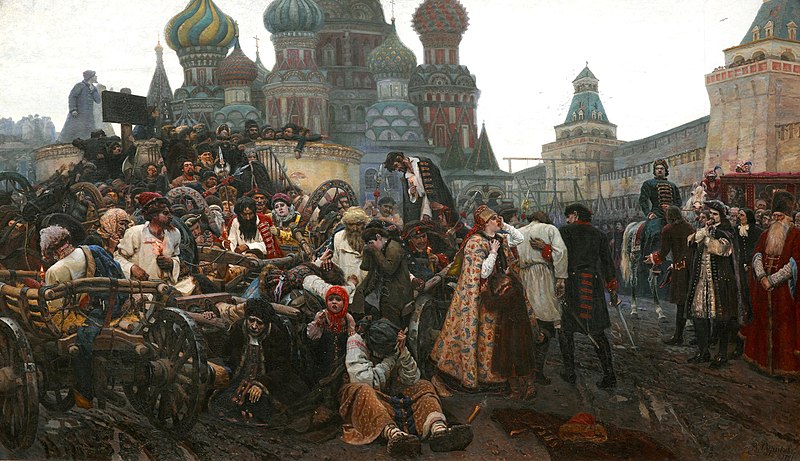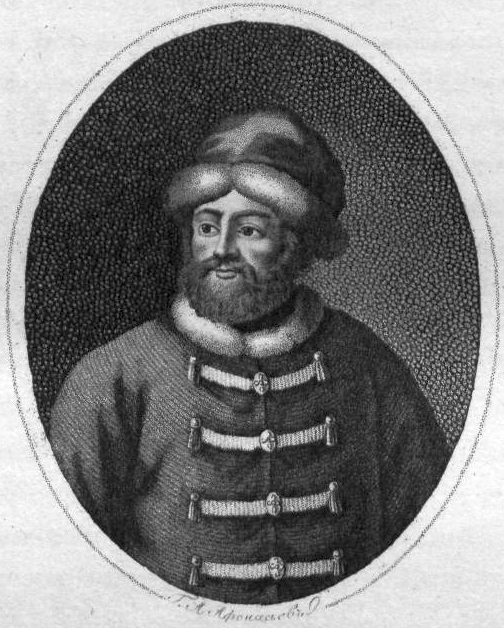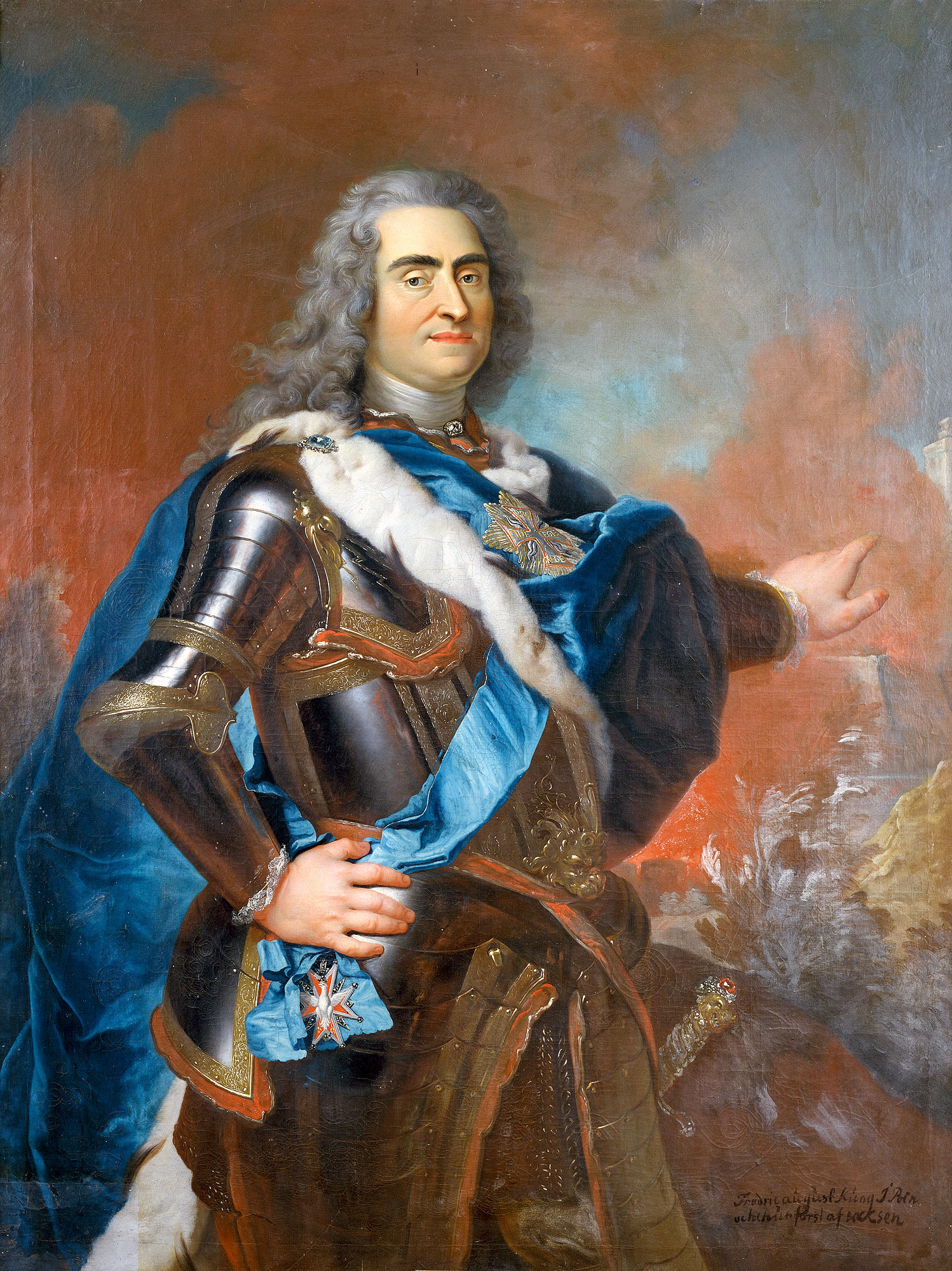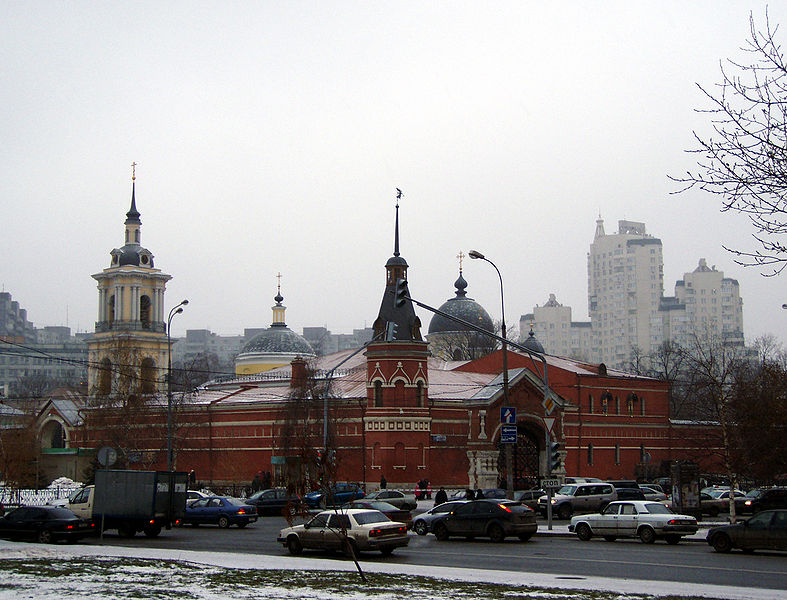Vienna
 |
| Holy Roman Emperor Leopold I |
When Peter
arrived back in the Netherlands it was to find that, not only had the members
of the embassy been impressing the Dutch with their exceptionally heavy
drinking, but had also been laying in supplies of materiel, weapons,
specialised instruments and naval stores and most important of all 640
Dutchmen, including 200 Dutch naval officers.
On 15th
May the embassy left for Vienna, en route they were entertained as guests of
the Elector of Saxony, who was also the new king of Poland[i]. After staying two nights
in Dresden the Great Embassy travelled on to Vienna, where Peter met with Leopold I, the Holy Roman Emperor. In Vienna
Peter behaved with more than usual decorum, leading the Spanish Ambassador to
write to his master;
‘Here he appears quite
unlike the description of other courts and far more civilised, intelligent,
with excellent manners and modest.’[ii]
The Great
Embassy’s visit to Vienna to try and persuade the Emperor to resume the war
with the Ottoman Empire was a failure. Leopold was considering a Turkish offer
of peace, which was disadvantageous to the Russians. In any event, like other
fellow rulers, Leopold viewed Louis XIV as the greater obstacle to peace in
Europe.
Peter was
not happy, having attacked the Tartars and moved mountains to create a Black
Sea fleet; he was unwilling to give up before capturing Kerch and obtaining
Turkish acceptance to Russian rights to sail on the Black Sea. On demanding
that the peace treaty include giving Kerch to Russia, Peter was informed that
he should ensure that it was captured before the peace talks began.
A Second Streltsy Uprising
Execution of Streltsy
Peter did
not wish to tarry in Vienna and was planning to travel on to Venice, to learn
the secrets of building galleys. Everything was in train when on 15th
July Peter learned of the Streltsy Uprising in Moscow. Four regiments of the Streltsy had rebelled
after being ordered from Azov to the Polish border. Instead they had marched on
Moscow; Peter immediately decided to cut short his tour and return home, to
stamp his authority on proceedings.
The Streltsy
had suffered heavy losses before the walls of Azov and were denied the chance
to progress in triumph in Moscow with the Czar. Instead they had been left
behind to rebuild fortifications and garrison the town. This defied all
precedents; the place of the Streltsy in peacetime was in Moscow, where they
guarded the Kremlin and ran profitable businesses on the side. This was a
deliberate move by Peter and his ministers, wanting to keep as many of them
away from the capital as possible
The Streltsy
in Azov were to be transferred to the Polish border, while the Streltsy in
Moscow were to replace them. The Preobrazhensky and Semyonovsky Guards were to
take over the normal peacetime duties of the Streltsy in Moscow. The Azov
Streltsy marched, but were furious that they had to go direct to the Polish
frontier, without a visit to Moscow to see their families.
Some
deserters arrived in the capital asking for back pay and permission to stay in
Moscow. The petitions were rejected and they were returned to their regiments,
to spread news of their ill-treatment. They also brought news of the Czar’s
absence in foreign heathen parts and rumours; the Czar had become a German, the
Czar had given up the Orthodox faith and the Czar was dead.
The Streltsy
strenuously disapproved of the way Peter behaved, which was very unlike his
remote predecessors. It was felt to be the Streltsy’s bounden duty to overthrow
this false Czar and re-establish the old proper ways. Into this rumour ridden
excitement a new decree arrived ordering the Streltsy into garrisons between
Moscow and the border with Poland. The deserters who had turned up in Moscow
were to be exiled.
‘Today for the first time a
vague rumour of the revolt of the Streltsy struck terror.’[iii]
Return to Russia
Alexis Shein
Peter took
Lefort and Golovin with him, leaving Voznitsyn to act as the Russian
representative at the upcoming talks with the Turks. Peter’s party left Vienna
on 19th July. At Cracow Peter, who had been travelling non-stop, was
met by a missive forwarded by Voznitsyn; troops under the command of Alexis Shein[iv] had defeated the rebelling Streltsy. 130 had been
executed and 1,860 were prisoners. It had taken Gordon’s men an hour to defeat
the Streltsy.
Peter
contemplated retracing his footsteps and returning to his original itinerary;
instead he decided to complete his journey home. He took a more leisurely pace
and at Rawa[v] finally met King Augustus.
The two men hit it off and spent four days together, drinking, eating,
reviewing the Saxon infantry cavalry.
‘I cannot begin to describe
to you the tenderness between the two sovereigns.’[vi]
Augustus the Strong
Peter
himself valued this new friendship, telling his boyars
‘I prize him more than the
whole of you together and that not because of his royal pre-eminence over you,
but merely because I like him.’[vii]
Augustus was
able to persuade his new friend into a project that was to have severe
repercussions for the Russians; an attack on Sweden, to wrest her Baltic
provinces from her at a time of relative weakness[viii].
Peter
arrived back in Moscow on 5th September 1698.
Return of the Czar
Peter spent
the night at Preobrazhenskoe with Anna Mons. The following day the great and
good of Moscow flocked to pay their respects to the returned Czar.
‘To prove by the promptitude
of their obsequiousness, the constancy of their loyalty……..lifted up from their
groveling posture and embraced with a kiss, such as is due only among private
friends.’[ix]
Peter took
advantage of this flocking to start his modernisation programme by hacking off
the beards of his startled officials, commencing with Shein. Only three of the
crowd were exempted; the Patriarch, Prince Michael Cherkassy due to his extreme
old age, and Tikon Streshnev[x].
Tikon Streshnev
Men without
beards[xi] were considered shameful and beyond the pale
of Christendom. By decree all Russians except peasants and clergy had to shave;
but eventually those who insisted on retaining their beards were able to do so,
on payment of a small tax. Some of those who were de-bearded kept their
hacked-off beards laid by;
‘When he came home he would
lay it [his beard] up to have it put in his coffin and buried along with him,
that he might be able to give an account of it to St. Nicholas, when he came to
the other world, and that all his brothers had taken the same care.’[xii]
Another of
Peter’s actions after his return was to forbid the boyars to wear traditional
dress; instead they were to wear western fashions. At one feast Peter took shears
to the long sleeves of his boyar’s coats
‘See, these things are in
your way. You are safe nowhere with them. At one moment you upset a glass, then
you forgetfully dip them in the sauce……get gaiters made of them!’[xiii]
He informed
his boyars when returning the sheared-off sleeves. European styles of
entertainment were ordained and Peter scrutinised the guest lists of balls that
he himself has to attend. Despite his dislike of Louis XIV and his ambitions,
Peter ordered that the nobility speak French and now women were to be forced
out of the terem[xiv]
and into the modern world, in corsets and European fashions.
Peter also
revised the Russian calendar, bringing it into line with the west and reformed
the monetary system. He also instituted a cheaper way of rewarding service to
the government. Hitherto successful soldiers and officials had been awarded
land and or money. Now Peter gave out medals; he set up the Order of St Andrew,
a new Russian knighthood; the first recipient of the honour being Golovin.
Aftermath of a Rebellion
In the work
of setting Russia on its collision course with modernisation, Peter had not
forgotten the rebellious Streltsy. Scarred by the 1682 rebellion, Peter was now
ready to bring the Streltsy of 1698 to heel.
Torture had
persuaded one of the Streltsy to admit that they intended to announce Peter’s
death in Europe, make Sophia Regent again for Czarevitch Alexis and recall
Galitzyne. The 1,860 Streltsy prisoners had been distributed into cells in
fortresses and monasteries around Moscow, to await Peter’s pleasure.
Peter was a
mix of European veneer and medieval autocrat. He was convinced that the
Streltsy uprising was supported by persons in high places. Some of the
accusations made against Peter had been too sophisticated for common soldiers.
Peter ordered the prisoners to be taken to Preobrazhenskoe.
Peter was
prepared to torture the Streltsy to discover whether there was yet another plot
against himself. A series of torture chambers were constructed and for several
weeks, six days a week, the prisoners were tortured. All of Peter’s Russian
friends were as personally involved in the tortures as well as Peter.
Yet the
prisoners endured the most amazing tortures without giving up any information.
One prisoner revealed the existence of a Torture Society, where members were
tortured and promotion with the society depended on enduring yet ever more
horrific tortures. Peter, present at the revelation kissed the prisoner;
‘It’s no secret to me that
you know about the plot against me. You have been punished enough. Now confess
of your own accord out of the love you owe me as your sovereign. And I swear,
by the God who has made me Tsar, not only to completely pardon you, but in
addition, as a special mark of my clemency, to make you a colonel.’[xv]
The prisoner
divulged all he knew and Peter kept his word.
Eventually
as word of the horrors spread into Moscow and beyond the Patriarch went to
Peter to beg for mercy. Peter, convinced that the Streltsy treachery spread
deep into Moscow society, continued his excesses. But little was learned,
beyond what Shein had already discovered in his questioning in June.
Sophia in Novodevichy Convent
One of the
Streltsy declared that letters, allegedly from Sophia, had been read aloud to
the soldiers. The letters urged the Streltsy to march on Moscow and summon
Sophia to take the throne. Peter visited Sophia and questioned her; alternately
threatening her and weeping with her that they had become antagonists.
Eventually he decided that Sophia needed to be more closely confined and she
was forced to become a nun.
For the
Streltsy there were seemingly endless executions; some unlucky few were branded
and exiled, some had their noses or ears chopped off. The families of the
executed were thrown out of Moscow. The six remaining regiments of Streltsy at
Azov had become restless, but receiving the news of the fate of their comrades
in arms decided against subordination.
The
remaining Streltsy regiments were disbanded the following spring; their houses
and lands in Moscow confiscated and forbidden to take up arms again[xvi].
Divorcing Eudoxia
Eudoxia, who
had sympathised with the Streltsy, was forced into a nunnery. Eudoxia was a sad
and lonely woman, whom Peter had never liked. A simple and uneducated, but
deeply religious, woman chosen by his mother, Eudoxia disapproved of Peter’s
foreign friends. She believed that foreigners were a source of heresy and
contamination.
Eudoxia’s
jealousy of Anna Mons only weakened her own position; she embarrassed Peter and
bored him, fatal for her continued position as his wife. From Europe Peter had
failed to reply to Eudoxia’s letters, but had written to his friends suggesting
that they urge her to become a nun, which would set him free.
Pokrovsky Convent
On his
return, angered that his orders had not been carried out, Peter summonsed
Eudoxia and demanded that she take the veil. In an argument that continued for
four hours Eudoxia refused, claiming that if she did as Peter wanted, she would
never see her son again[xvii]. Peter stormed out of
the meeting; not long after Alexis was forcibly removed from his mother’s care
and within a short period Eudoxia herself was bundled out of the Kremlin and into
a carriage and driven off to the Pokrovsky Monastery in Suzdal. Ten months
later Eudoxia’s head was shaved and she was made a nun.
Bibliography
Natasha’s
Dance – Orlando Figes, Penguin Books Ltd 2002
Russia and
the Russians – Geoffrey Hosking, The Penguin Press 2001
Peter the
Great – Robert K Massie, Abacus 1992
www.wikipedia.en
[i]
Currently visiting his new kingdom
[ii]
Peter the Great - Massie
[iii]
Ibid
[iv]
Commander of the Russian Army
[v]
In Galicia
[vi]
Peter the Great - Massie
[vii]
Ibid
[viii]
The new king of Sweden was just 15 years old
[ix]
Peter the Great - Massie
[x]
Peter’s former guardian
[xi]
Seen as a sign of holiness
[xii]
Peter the Great - Massie
[xiii]
Ibid
[xiv]
The traditional women’s quarters of medieval Russia, where women were separated
from men
[xv]
Peter the Great - Massie
[xvi]
This decree was reversed during the Great Northern War and several regiments
were re-established
[xvii]
A prediction that sadly came true






No comments:
Post a Comment
Note: only a member of this blog may post a comment.